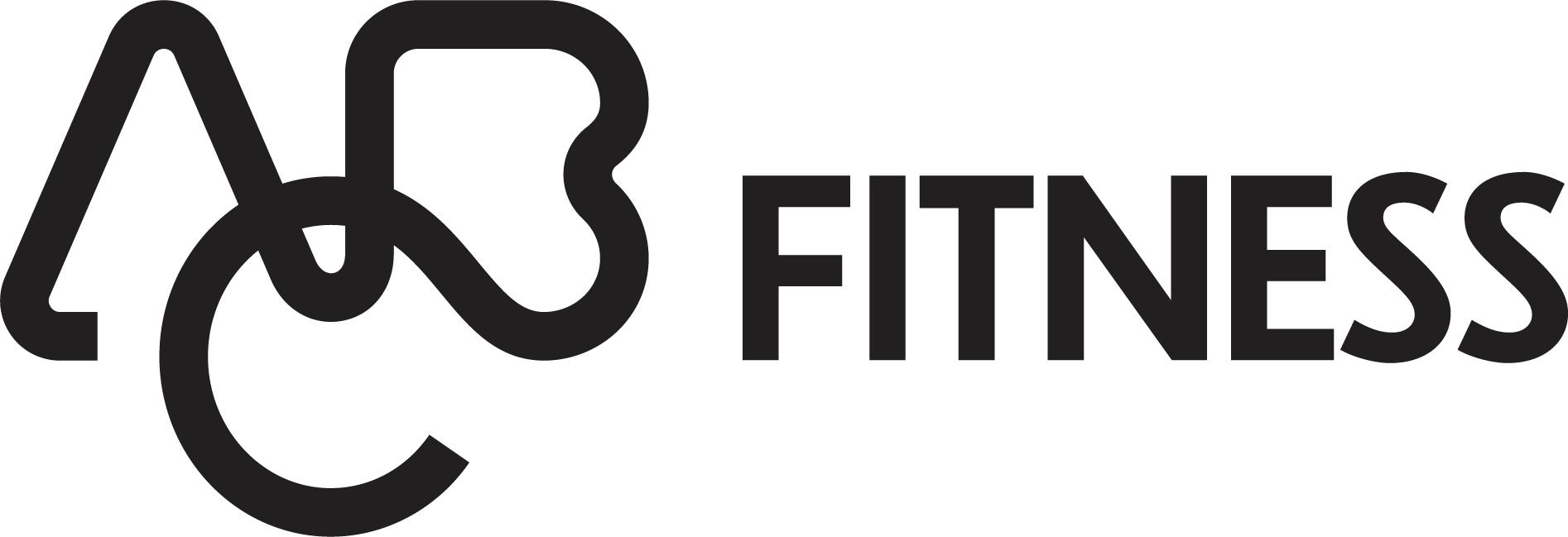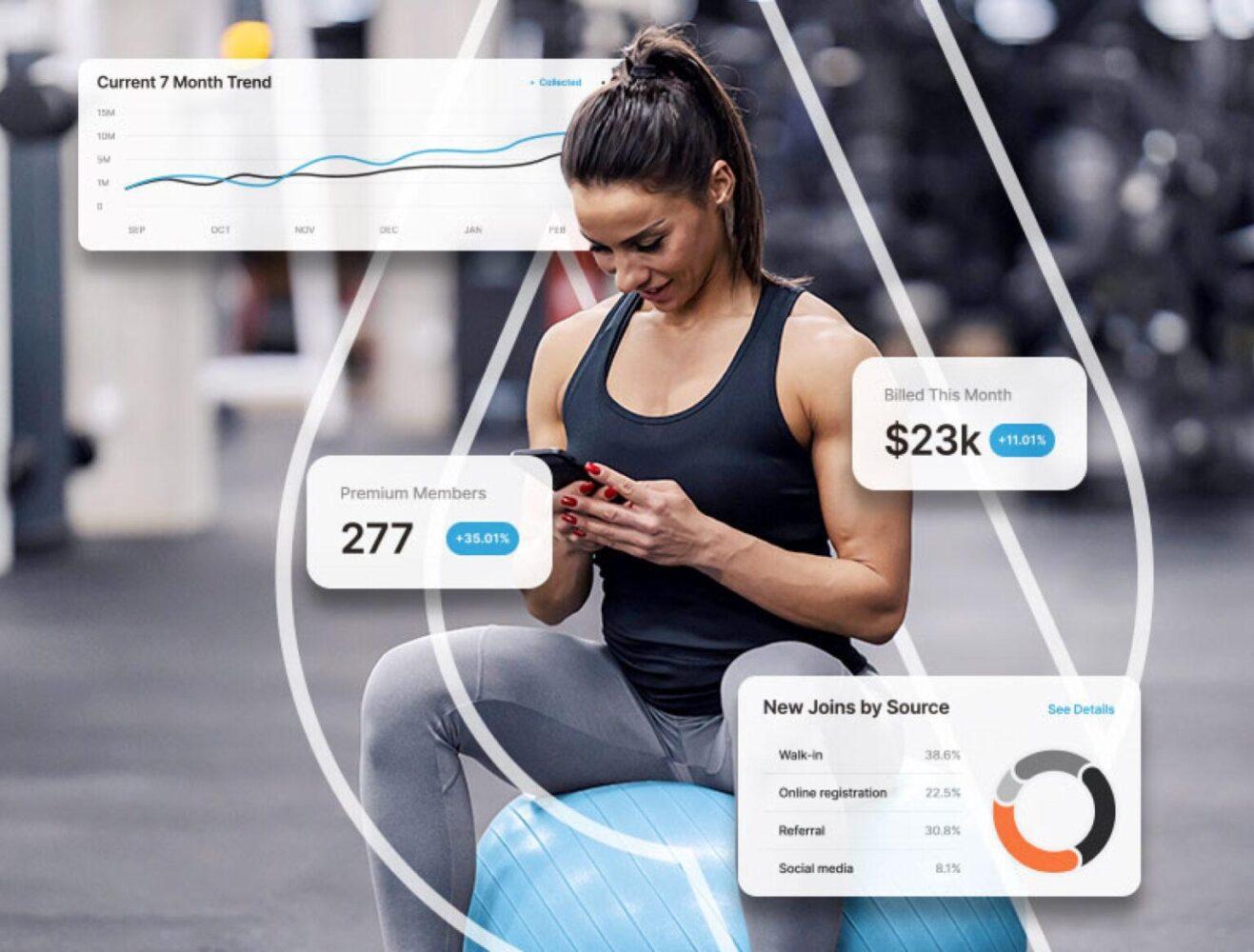Data-Driven Success: How Analytics Are Reshaping the Future of Fitness in 2025
By Lee Robinson, VP of Sales, ABC Fitness
Bottom Line Up Front: The fitness industry is experiencing a digital transformation powered by data analytics, with the global wellness economy reaching $6.3 trillion in 2023 and forecast to hit $9 trillion by 2028. For fitness operators, success now depends on leveraging member data, optimizing billing strategies, and creating personalized experiences that meet the tech-savvy expectations of younger consumers who drive industry growth.
The Numbers Don’t Lie: Fitness Is Booming Despite Economic Headwinds
As we navigate through 2025, the fitness industry stands as a remarkable success story. The US gym and fitness club market has reached $45.7 billion in 2025, growing at 2.0% year-over-year, while the broader wellness economy maintains its trajectory toward $9 trillion by 2028 with a 7.3% annual growth rate.
This growth is particularly impressive given the economic climate. While recent jobs reports show unemployment rising to 4.2% and hiring slowing, the wellness sector demonstrates remarkable resilience. Consumers consistently report they’re less likely to cut wellness spending during economic downturns compared to other discretionary categories like clothing or entertainment.
What’s driving this resilience? The answer lies in shifting demographics and technological adoption.
The Gen Z and Millennial Fitness Revolution
The data reveals a clear picture: younger consumers are reshaping the entire fitness landscape. Gen Z and Millennials make up just over a third (36%) of the adult US population but drive more than 41% of annual wellness spending. In contrast, consumers 58+ represent 35% of population but 28% of wellness spending. This isn’t just about spending power. It’s about fundamental differences in how these generations approach fitness:
Strength Training Dominance: Gym data shows strength training now accounts for 42% of workout activity, while cardio has dropped to just 12%. This shift directly correlates with younger demographics, as 50% of gym members are now under 35.
Technology Integration: 64% of Gen Z uses AI-powered fitness tools, compared to just 17% of Boomers. Millennials lead in wearable tech adoption, with half the generation expected to use smart wearables by 2028.
Holistic Wellness Approach: These consumers don’t just want to work out; they want comprehensive health ecosystems that integrate wearable data, nutrition tracking, mental wellness monitoring, and personal goal management.
The Data Privacy Paradox: Trust Through Transparency
Here’s where it gets interesting for operators. While 64% of Gen Z actively uses AI fitness tools, our research shows 55% remain concerned about data privacy, and 38% lack clarity on how to use integrated systems effectively.
This creates both a challenge and an opportunity. Roughly 30% of consumers across China, UK, and US are open to using wearable devices only if data is shared exclusively with them. The message is clear: transparency and user control are non-negotiable.
The Solution: Layer your technology integration thoughtfully. Don’t overwhelm members with every available feature at once. Instead, introduce AI-native onboarding, then gradually add mobile app programming, wearable integrations, and finally sophisticated CRM functions that provide personalized value.
Optimizing Operations Through Analytics
While consumer-facing technology gets the headlines, the real competitive advantage lies in operational analytics. Our data reveals critical insights for gym operators:
Billing Optimization: Most facilities (60%) now use monthly billing cycles rather than biweekly schedules. However, 77% still bill on join dates or anniversaries. The data suggests Tuesday billing generates the highest collection rates, while annual maintenance fees should be scheduled 2-6 weeks post-enrolment when member motivation peaks.
Retention Strategies: Clean data is essential for effective member engagement. CRM systems should trigger outreach when members go dark, but more importantly, they should recognize positive behaviors and reward them, creating value-add touchpoints that justify premium pricing.
The Technology Stack for Success
Based on current trends and member expectations, successful facilities need integrated systems that connect:
Wearable Data Integration: From 2019 to 2024, Gen Z wearable users increased from 12.8 million to 20.5 million. Your platform must sync with Apple Watch, Whoop, Oura Ring, and other popular devices.
Comprehensive Health Tracking: Beyond basic fitness metrics, members want nutrition data, sleep behavior analysis, and mental wellness monitoring in one cohesive platform.
AI-Powered Programming: 61% of AI users rely on it for fitness tracking, while 49% use it for nutrition guidance. Custom workout generation based on facility equipment and individual goals is becoming table stakes.
Social and Community Features: 80% of Gen Z and millennial gym-goers share workout achievements on social media, making community building and social integration crucial for engagement.
Economic Resilience Through Personalization
The current economic uncertainty, marked by GDP growth slowing to 1.2% in the first half of 2025 and layoffs reaching their highest levels since COVID-19, makes value demonstration more critical than ever.
However, wellness spending represents more than $500 billion annually in the US alone, growing at 4-5% each year. The key is showing clear ROI through personalized experiences that justify premium pricing.
Practical Implementation: Use onboarding data to create personalized fitness journeys. Show members exactly how your integrated platform will help them reach specific goals, then deliver on those promises through consistent, data-driven programming adjustments.
The Path Forward: Building Tomorrow’s Fitness Experience
The fitness industry’s future belongs to operators who can seamlessly blend high-tech capabilities with high-touch service. ABC Fitness reports an 8.3% year-over-year increase in check-ins and 27% jump in new memberships, driven largely by technology-embracing younger demographics.
Key Recommendations:
Start with Clean Data: Ensure your member database is accurate and comprehensive before adding advanced analytics layers.
Implement Gradually: Layer technology integration to avoid overwhelming members while building trust through consistent value delivery.
Focus on Privacy: Develop transparent data policies and give members control over their information sharing preferences.
Measure Everything: Track not just usage metrics but member satisfaction, retention correlation with feature adoption, and lifetime value improvements.
Train Your Team: Ensure staff can effectively demonstrate and support technological features to build member confidence and adoption.
The Competitive Advantage of Now
While the wellness economy continues its explosive growth toward $9 trillion by 2028, the window for establishing data-driven competitive advantages is narrowing. Early adopters who successfully integrate comprehensive analytics platforms while maintaining member trust will capture disproportionate market share.
The question isn’t whether to embrace data analytics, but how quickly and effectively you can implement systems that turn member information into personalized value. In a market where Gen Z considers fitness a core part of their identity and expects seamless technology integration, the cost of falling behind grows daily.
The future of fitness is data-driven, personalized, and transparent. Operators who master this balance will thrive in the expanding wellness economy, while those who resist will find themselves struggling against demographic and technological tides that show no signs of slowing.
Ready to future-proof your fitness business?
See how ABC Fitness can help you turn data into growth.
👉 Request a Demo and start shaping the member experience of tomorrow, today.


